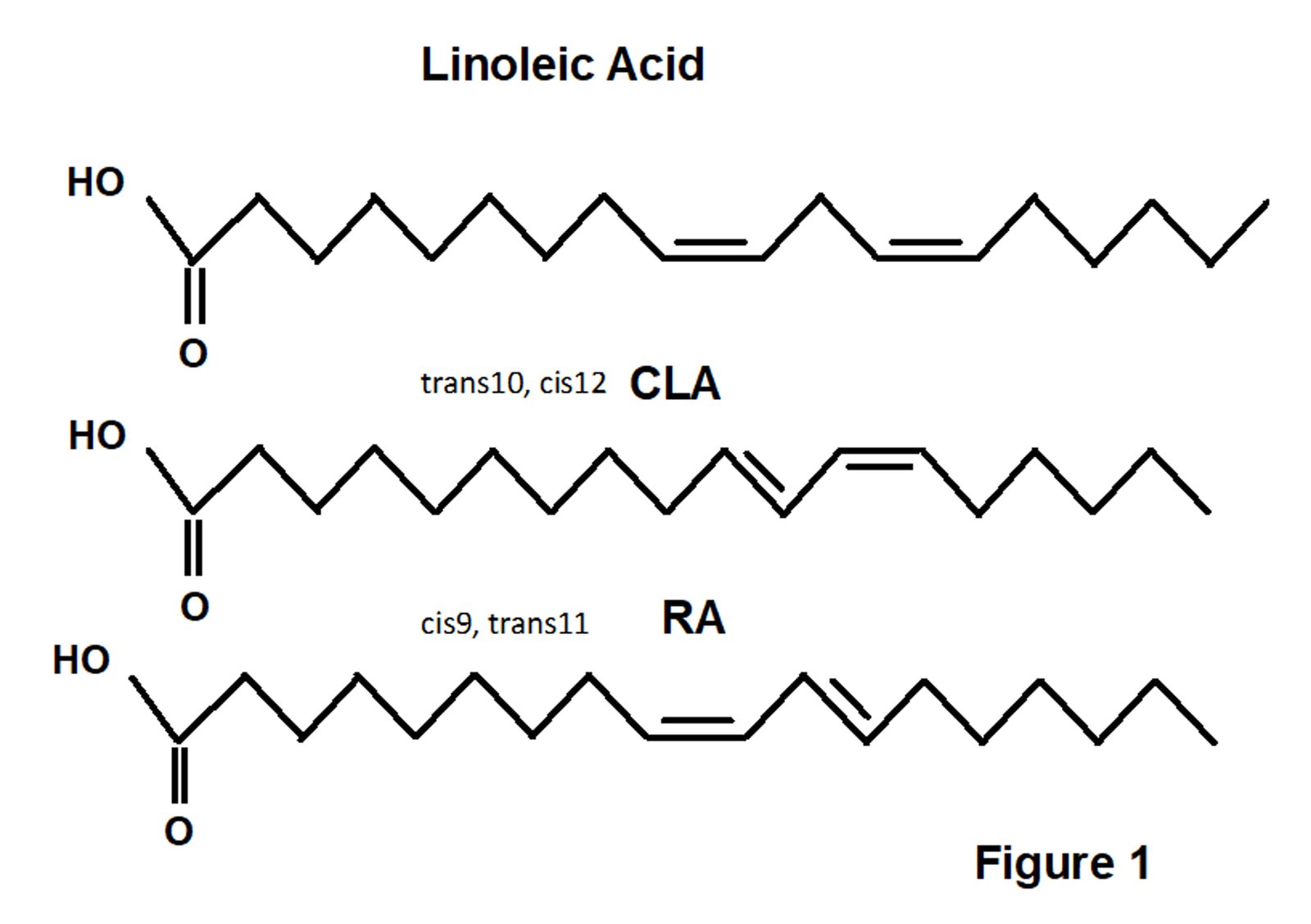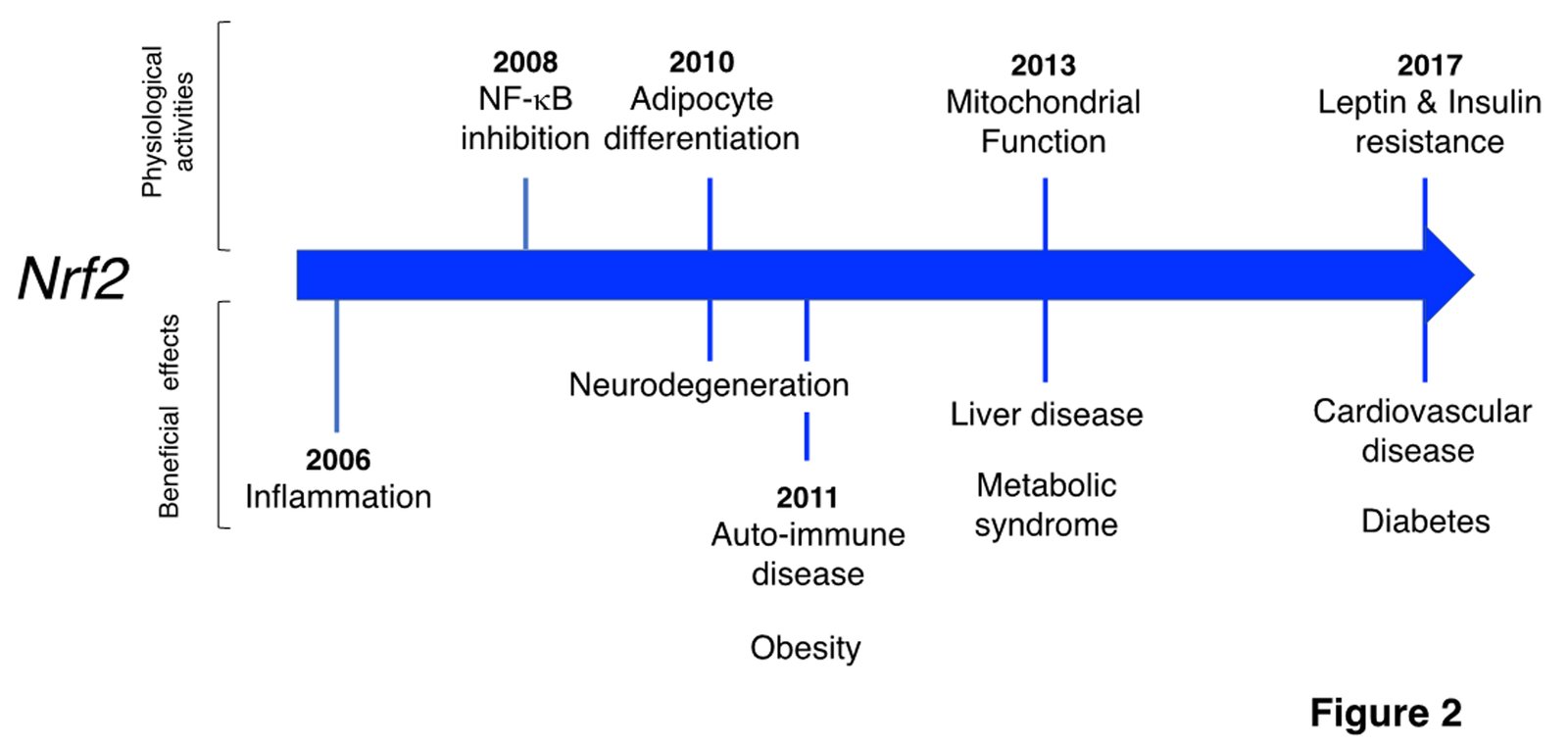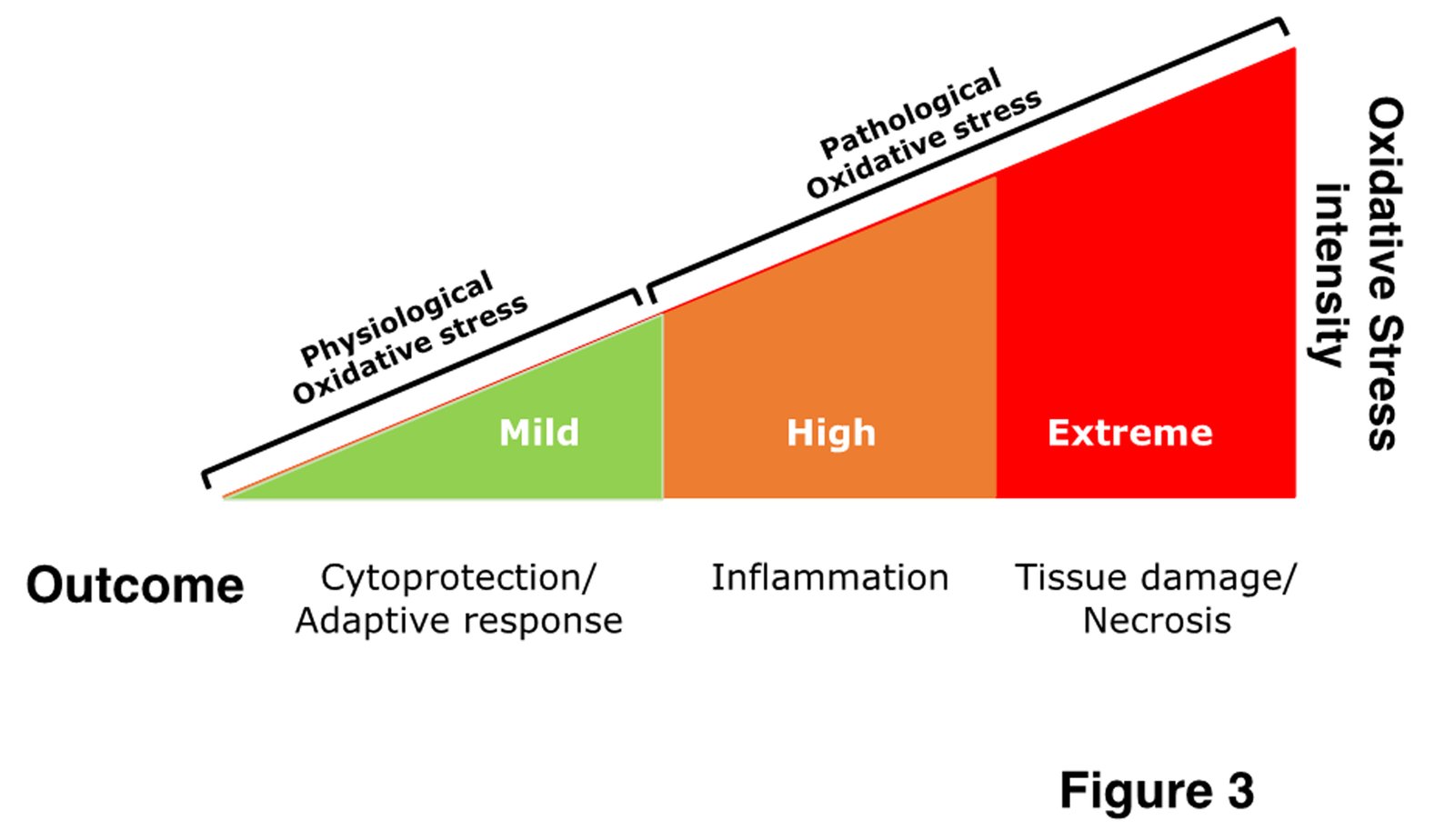By Paolo Bergamo and Lucia Treppiccione
Contribution participating in the INPST 2018 Science Communication Awards contest.
The increased awareness of consumers about the link between health and nutrition has driven research (and food industry) to explore the beneficial effects of functional foods (which promote health or prevent diseases). Although it can be affirmed that food contains “functional nutrients”, nevertheless, for some of them, dietary indications have changed a lot in the last years. This is the case of milk fat consumption that has been associated, for a long time, with increased incidence of cardiovascular diseases, dyslipidemia or obesity. However, in some recent studies, it was evidenced that milk and cheese intake reduced the cardiovascular risk, diseased mortality and the strongest protective effects were observed in consumers of whole dairy products (Dehghan, M.et al., Lancet. 2018). Among the beneficial components of milk fats, conjugated linoleic acid, owing to its prevailing healthy effects for humans, has been considered a functional ingredient (Kim, J.H. et al., Annu Rev Food Sci Technol. 2016). Although its beneficial effects have been first demonstrated more than thirty years ago, there is still much interest in investigating its protective efficacy and in understanding the mechanisms underlying its biological activities.
What we talk about when we talk about Conjugated Linoleic Acid
Conjugated linoleic acid (CLA) is the collective name indicating the mixture of two isomers of linoleic acid, an 18 carbon-chain fatty acid with two double bonds (in cis position; (C18:2 cis9,cis12). Meat and dairy products from ruminants (e.g., cow, sheep) are the best dietary sources for CLA isomers – trans10,cis12 (10,12-CLA) and cis9, trans11 – and the latter isomer, due to its higher content (approximatively 80% of total CLA in these foods) it is known as Rumenic Acid (RA) (Figure 1).

Pariza and collaborators showed in 1979 that grilled ground beef contained substances capable of inhibiting bacterial mutagens and six years later these researchers demonstrated that such substances (namely CLA) also inhibits chemical-induced forestomach or mammary gland neoplasia in rodents (by benzopyrene or dimethyl-benzanthracene) (Ha, Y.L.et al., Carcinogenesis. 1987; Ip, C. et al., Cancer Res. 1991). Initially, it was believed that the anti-carcinogenic activity of CLA was due to its antioxidant activity. Such evidence, however, was not confirmed by subsequent studies. Nevertheless, during the following three decades many potential beneficial activities (for example, anti-inflammatory,anti-atherosclerosis, and anti-obesity properties) were identified. Notably, as in most of these investigations, the 1:1 mixture of 10,12-CLA: RA (CLAmix) was used, much of the answers about the multifunctional ability of CLA have been explained by different effects of individual isomers on distinct biochemical mechanisms.
Due to its beneficial effects in animal models of diseases, CLA continues to attract a growing scientific interest aimed at discovering more therapeutic applications or at analyzing the biochemical mechanisms involved. The lack of knowledge on the underlying mechanisms and the little number of experiments aiming at investigating its antioxidant activity in animal models motivated the scientific interest of Dr. Bergamo toward these dietary fatty acids already in 2002.
What are “antioxidants” and how do they work?
Before talking about antioxidant activity, I would like to mention the usefulness of antioxidant molecules and their functioning. Oxygen is a vital molecule but its partially reduced forms -characterized by the presence of an unpaired electron – are highly reactive (Reactive Oxygen Species, ROS) and their harmful effects on biological molecules are termed oxidative stress. Such effect, occurring when ROS production overwhelms antioxidants defenses, has been implicated in some human diseases as well as in the aging process. The balance between ROS yield and anti-oxidant efficiency (oxido-reductive balance or Redox status) is of crucial importance for living organisms, and it has remained unchanged during evolution.
Antioxidants have been defined as “substances that may delay or prevent oxidative damage caused by ROS,” and they have been divided, by their origin, in two groups: “endogenous” and “exogenous.”
Endogenous antioxidants include molecules aiming at direct ROS scavenging or at improving Redox status via the activation of protective enzymes. Exogenous antioxidants are valuable components of foods acting as direct ROS scavengers or areco-factors for antioxidant enzymes. Besides, a third group, which is attracting growing interest during the past decade, includes exogenous molecules showing the ability to raise the efficacy of the endogenous antioxidants.
What is the mechanism underlying the improvement of endogenous protections?
Endogenous antioxidants are synthesized within the cells through the activation of a specific transcription factor pathway (Nuclear factor erythroid 2-related factor 2; Nrf2) which is the main player in oxido-reductive homeostasis (Lee J.M. et al., FASEB J. 2005). Such a mechanism was first demonstrated in 1997 in mice lacking the Nrf2 gene. In the following decades, the utilization of this animal model significantly contributed to understanding Nrf2’s involvement in many physiological mechanisms (lipid, insulin metabolism, immune response). Moreover, systemic medicine has identified a group of chronic disorders – sharing similar pathological symptoms (i. e., oxidative, inflammatory and metabolic alterations) – in which Nrf2 plays a fundamental role (Figure 2).

Nrf2 is a protein that under normal conditions is retained in the cytoplasm by an inhibitor which, owing to its high number of readily oxidizable residues, works as a sensor for oxidant molecules (ROS). High or extreme oxidative stress conditions – when antioxidant defenses are overwhelmed by ROS production -represent a major etiological factor for some disorders (pathological oxidative stress). On the contrary, mild stress conditions trigger a so-called “physiological” oxidative stress that, via the Nrf2 activation,increases the transcription of a wide array of protective enzymes. The ensuing improvement of defensive mechanisms – aimed at protecting cells better and organs against further toxic insults – is called “adaptive response” (Figure 3).

RA intake (alone or in a mixture) elicits antioxidant and anti-inflammatory effects through an adaptive response.
The antioxidant capability of CLA, as previously mentioned, is controversial since it has not been conclusively established yet whether it may exert anti-oxidant or pro-oxidant effects.
The studies of Dr. Paolo Bergamo aimed first at exploring the modulatory properties of CLA (as a mixture or individual isomers) on Redox status (in both cell lines and animals) and then at investigating the isomer responsible for triggering the Nrf2 pathway in rodents.
In 2004, Dr. Bergamo and colleagues of the Institute of Food Sciences of the National Research Council of Italy (ISA-CNR) demonstrated the ability of CLAmix to activate – in cells (Bergamo P. et al., Cell Physiol Biochem. 2004) – an enzyme (NADPH oxidase) which is responsible for producing ROS (superoxide anion) and the downstream activation of an antioxidant response via Nrf2 signaling (Brewer, A.C. et al., FreeRadic Biol Med. 2011). NADPH oxidase involvement in CLA-mediated effects was also supported by a recent investigation in collaboration with Prof. Jun Ogawa (University of Kyoto, Japan) and Prof. Soichi Tanabe (Hiroshima University) in 2017. This study evidenced the ability of a gut microbial precursor of RA (obtained from the lab of Prof. Jun Ogawa) to trigger the Nrf2 pathway via the activation of NADPH oxidase. The ability of fatty acids to activate Nrf2 downstream of NADPH oxidase was also demonstrated in subsequent in vitro studies, in which polyunsaturated fatty acids (omega-3, mainly present in fish fat) triggered an antioxidant response – in cells – via the same mechanism.
In 2007, Dr. Bergamo demonstrated, for the first time, the efficacy of CLAmix in improving antioxidant/detoxifying defenses and immune response via the activation of the Nrf2 pathway (Bergamo P. et al., FreeRadic Biol Med. 2007). During the following ten years, in collaboration with colleagues from the University “Federico II” of Naples (Italy) and the Institute of Biosciences and Bio Resources, of the Italian National Research Council (CNR-IBBR), he identified the CLA isomer responsible for the activation of an adaptive response in a different animal model. The results obtained indicated that RA-CLAmix were responsible for the activation of the Nrf2-pathway in several experimental pathological animal models (gluten-induced enteropathy, gliadin toxicity, liver steatosis, neurodegenerative disease) (Mol Nutr Food Res. 2011; JLipid Res. 2014; EurJ Nutr. 2016; JLipid Res. 2018)(Figure 4).
Adaptive response and cytoprotective properties are also activated by the intake of RA-rich milk
RA is the more abundant CLA isomer in ruminant foods (milk and meat). Scientific evidence of its beneficial effects, however, mostly resulted from studies in which a “synthetic” RA isomer was used. For this reason, the protective effects of commercially available RA-rich milk were investigated in 2017. The results of this study demonstrated that naturally-enriched milk (obtained by organic husbandry) better improves antioxidant defenses of the mouse colon, as compared to “normal milk” (Bergamo P. et al., Prostaglandins Leukot Essent FattyAcids. 2017) (Figure4). As RA content (in milk and meat) greatly depends upon animal diet, presented data indicated that it would be possible to produce “functional milk” through the proper management of dairy cows.

RA: the importance of being a Nrf2 inducer
There is a great research interest in food components improving antioxidant defenses through the activation of Nrf2. Plants are an incredibly rich source of molecules possessing the ability to activate Nrf2 (see the table below), and despite the abundance of reports indicating their protective effects, only a few fatty acids (CLA and docosahexaenoic acid) have been recognized as Nrf2 inducers to date (Table).

In conclusion, studies carried out by Dr. Bergamo and his colleagues indicate that the antioxidant activity of CLA-mix and RA occurs via ROS production by NADPHoxidase. Interestingly, given the biphasic ability of ROS, it can be hypothesized that the RA-CLA ability may be that of activating anti- or pro-oxidant activity in a dose-dependent fashion. More interestingly, the proven ability of Nrf2 to modulate multiple molecular mechanisms (Redox homeostasis, inflammation, lipid metabolism) has led us to hypothesize that different physiologic effects shown by RA/CLA-mix may be linked to their role as Nrf2 inducer rather than from the interaction of CLA isomers with different metabolic pathways.
The research efforts conducted in the laboratory of Dr. Bergamo fall largely in the so-called basic research on these fatty acids, in fact they aimed to understand their mechanism of action rather than their application for practical purposes (the development of new technologies or food products). However, these results are consistent with data reporting the functional effect of CLA (Kim, J.H. et al., Annu Rev Food Sci Technol. 2016) and with those indicating the possible efficacy of organic husbandry in improving RA content in milk (Šrednichka-Tober, D. Br J Nutr. 2016). Therefore, it is possible that a moderate intake of CLA or of RA-rich dairy foods, similarly to other Nrf2 inducers, may have beneficial effects on human health.
Keywords: functional foods, dairy products, conjugated linoleic acid, rumenic acid, CLA, dietary fatty acids, Nrf2, oxidative stress, conjugated linoleic acid mechanisms of action, adaptive response, conjugated linoleic acid health effects, antioxidant defenses.
Join for free INPST as a member
The International Natural Product Sciences Taskforce (INPST) maintains up-to-date lists with conferences, grants and funding opportunities, jobs and open positions, and journal special issues with relevance for the area of phytochemistry and food chemistry, pharmacology, pharmacognosy research, and natural product science.

























